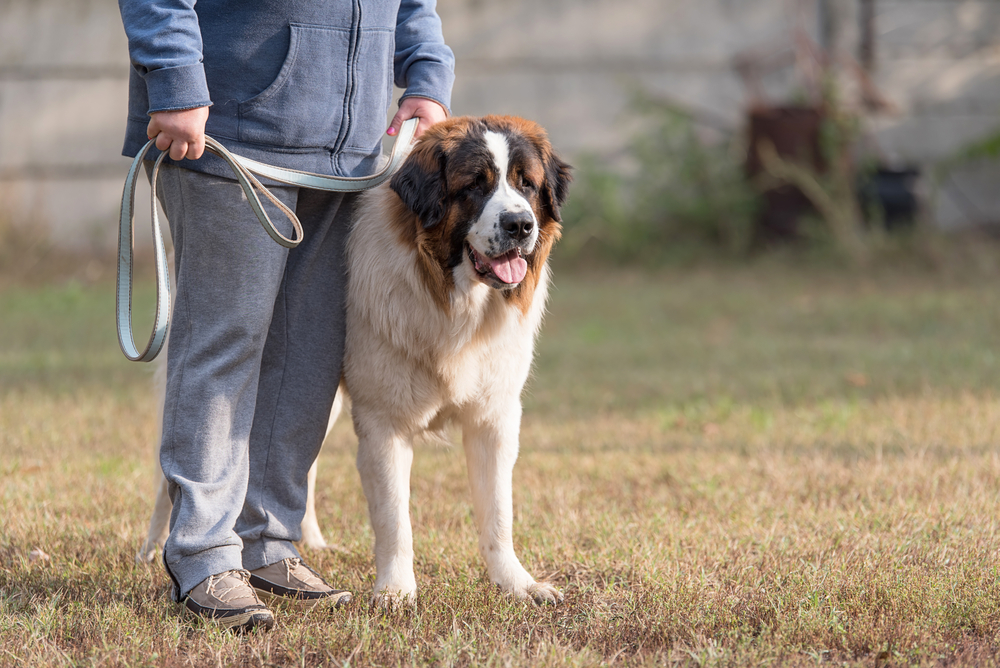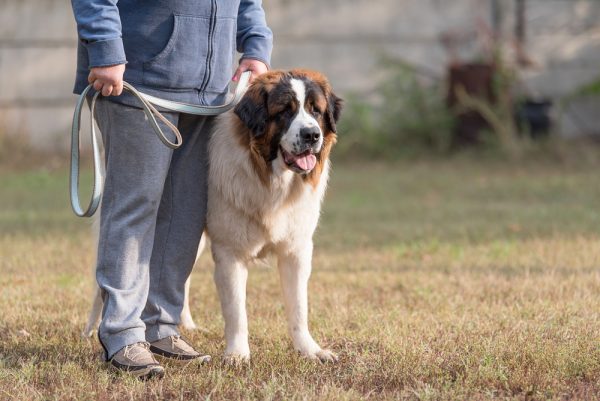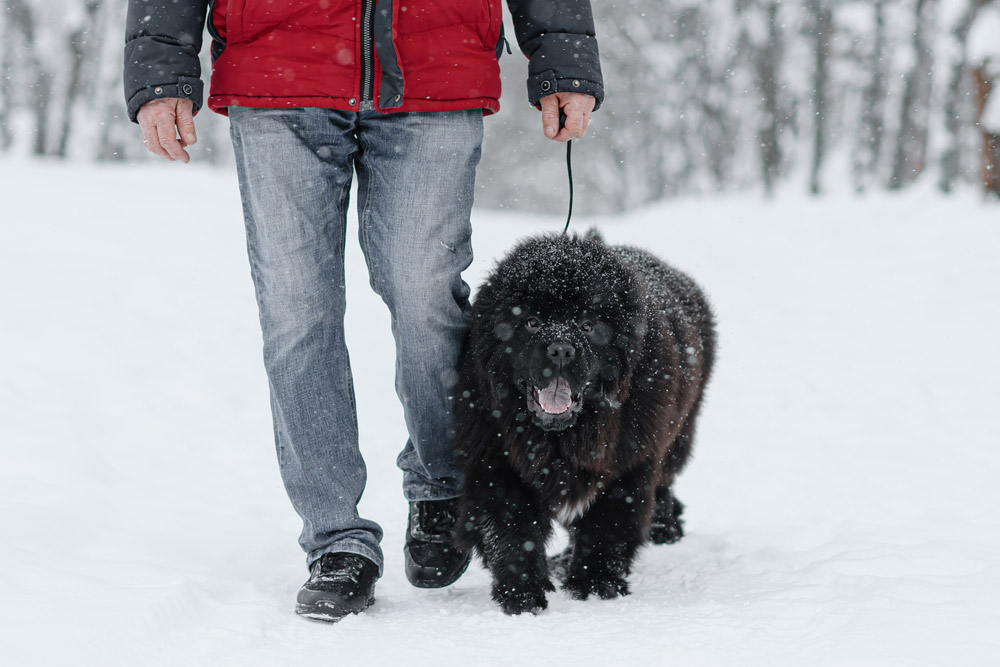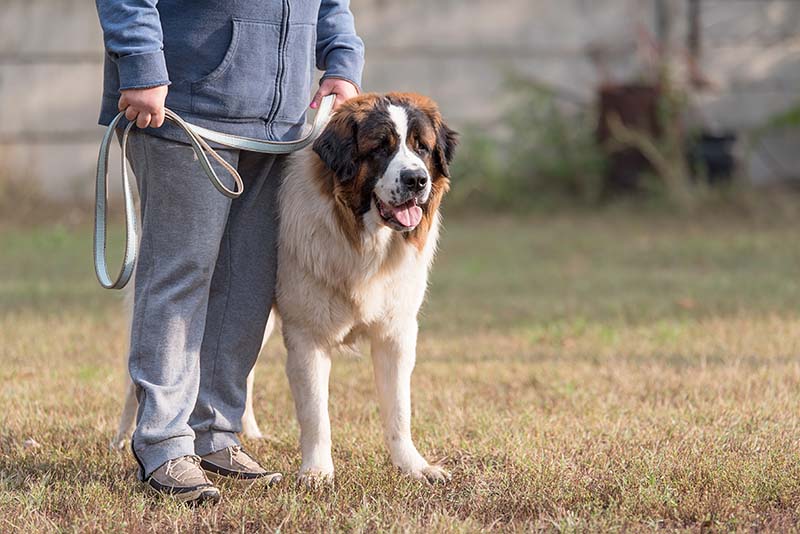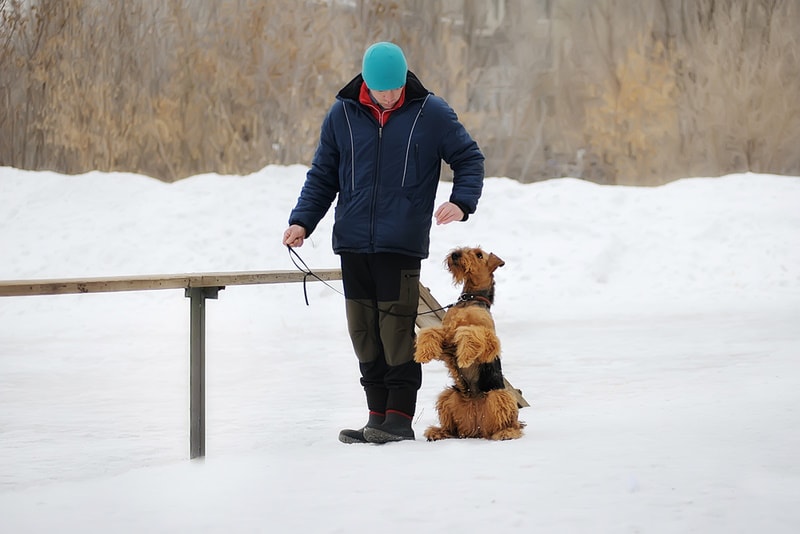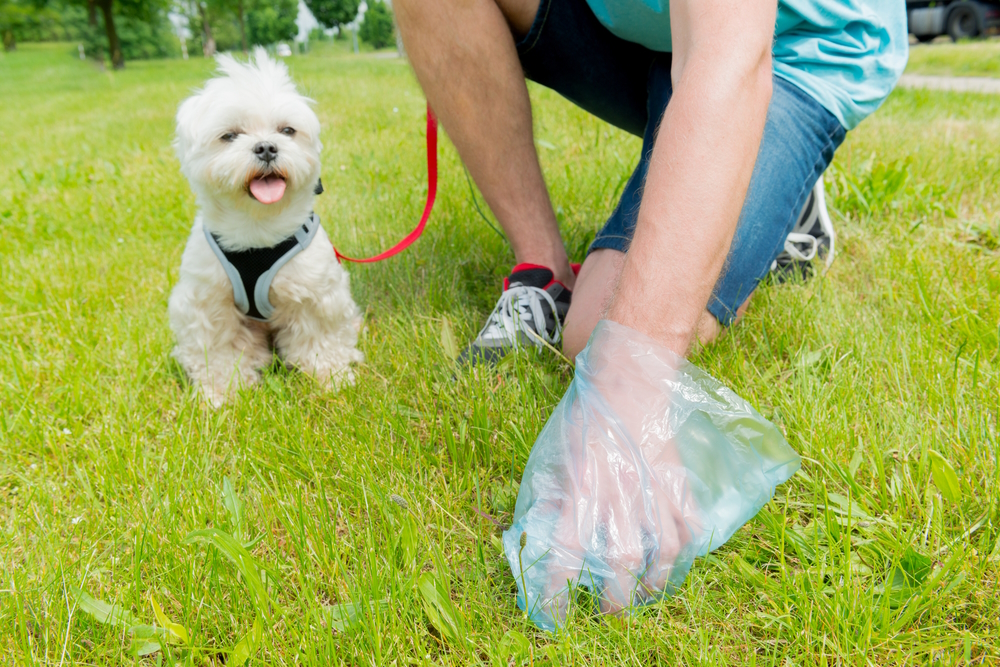Learning to walk on a leash is one of the most crucial training steps for any dog or puppy. Leash behavior can make the difference between a relaxed, enjoyable walk with your dog and a stressful, potentially dangerous one.
In this guide, we’ll walk you through the steps for how to teach your dog or puppy to walk nicely on the leash and share some extra tips for making leash training a success.

How to Train Your Dog to Walk on a Leash
Puppyhood is the best time to train a dog as they’re still in the developmental stage, and this can help curb unwanted ingrained behaviors later on. That said, if your dog is a rescued adult, don’t worry; adult dogs are still perfectly capable of learning new things, it just takes more time and patience.
Here are the steps for teaching your dog to walk like a true lady or gentleman on the leash!
- A standard 4–6-foot leash (no retractables)
- Harness/collar
- Treats
1. Getting Used to the Leash
Let your dog wear their harness and/or collar around the house for short spells to help them get used to how it feels. Make the time they wear it exciting by playing with them and offering treats, so they form positive associations.
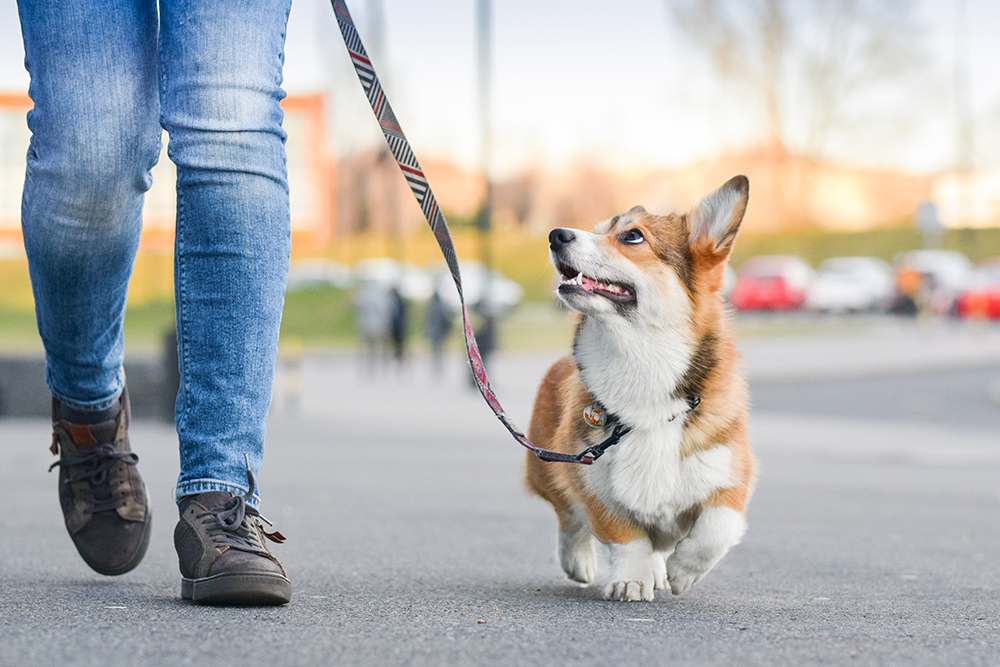
2. Teaching Your Dog to Pay Attention
Put your dog’s leash on and simply stand there quietly. Your dog will likely sniff about or get excited because something’s happening. Don’t react—continue to stand still, and don’t speak to your dog.
Wait for them to look at you, then praise them abundantly and reward them with a treat. This teaches the dog to pay attention to you when the leash is on. Avoid starting the walk before your dog has paid attention to you.
3. Walking on a Loose Leash
Now that your dog has paid attention to you and has been rewarded for doing so, it’s time to start practicing walking on a loose leash. As you go, use a verbal cue like “with me” as well as treats and praise to get your dog to walk close to your side. The leash should be loose rather than taut.
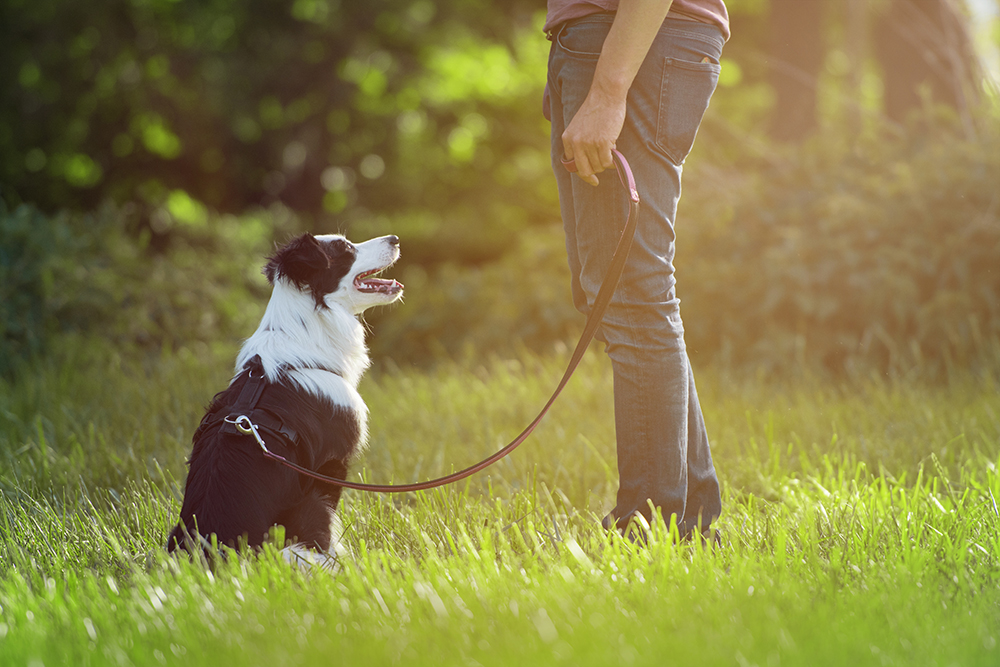
4. Discourage Pulling
If your dog starts to pull on the leash or you feel it getting taut, stop and stand still. Only move forward again when your dog has turned to look at you and the leash loosens. It’s essential to do this each time any pulling occurs.
5. Keep Practicing
You need to be consistent when it comes to training your dog to walk nicely on a leash. That means consistently stopping when they pull, and dedicating time to practicing every single day. Inconsistency can unravel the work you’ve put in, so keep practicing as normal, even if your dog is getting good at walking nicely, to reinforce what they’ve learned.
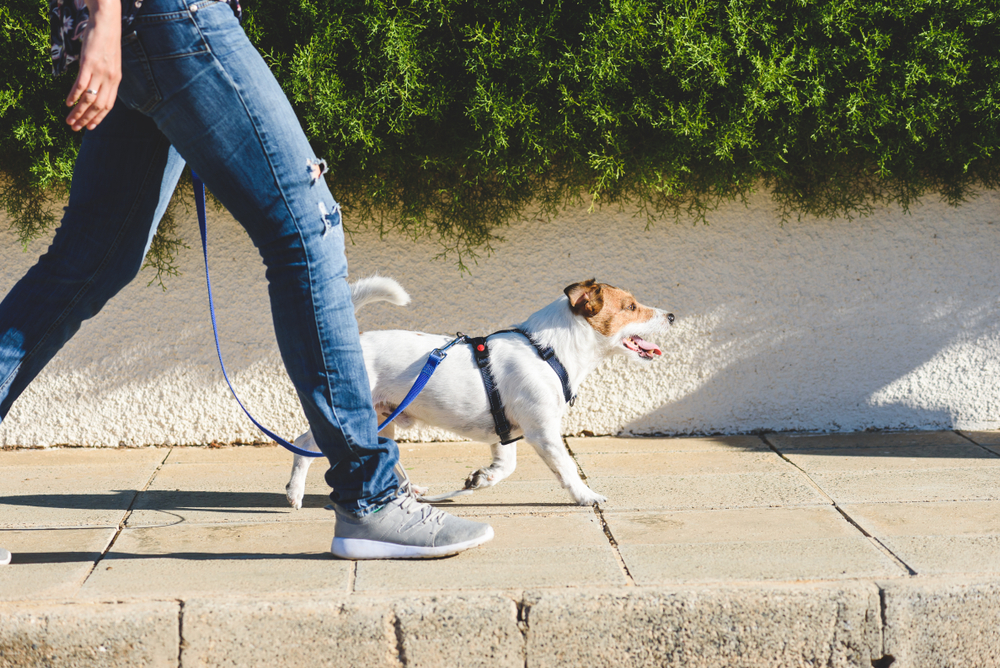

Training a Dog to Walk on a Leash: Extra Tips
- Make sure your dog is kitted out with a harness and/or collar that’s comfortable for them.
- Practice leash walking in a quiet area of your home to minimize distractions.
- Avoid using retractable leashes for training—stick to a standard, 4–6-inch leash. This keeps your dog closer to you and gives you more control.
- Don’t yank on the leash to try and gain control.
- Make training sessions short, consistent, and fun.
- If your dog lunges at passersby, other dogs, or objects on walks, keep an eye out for when they’re about to do it and distract them with a treat before they can. Move away from the person, dog, or thing to prevent them from being lunged at. Take care not to accidently reward the lunging.
- Never underestimate the power of praise and treats!

Final Thoughts
The main goal of teaching your dog to walk nicely on a leash is to instill that good behavior means you move forward, whereas unwanted behavior, like pulling, means you stop. Dogs love walks and want to keep moving forward to explore, so it will soon start to sink in that positive behavior reaps rewards as long as you’re consistent.
Featured Image Credit: SasaStock, Shutterstock

